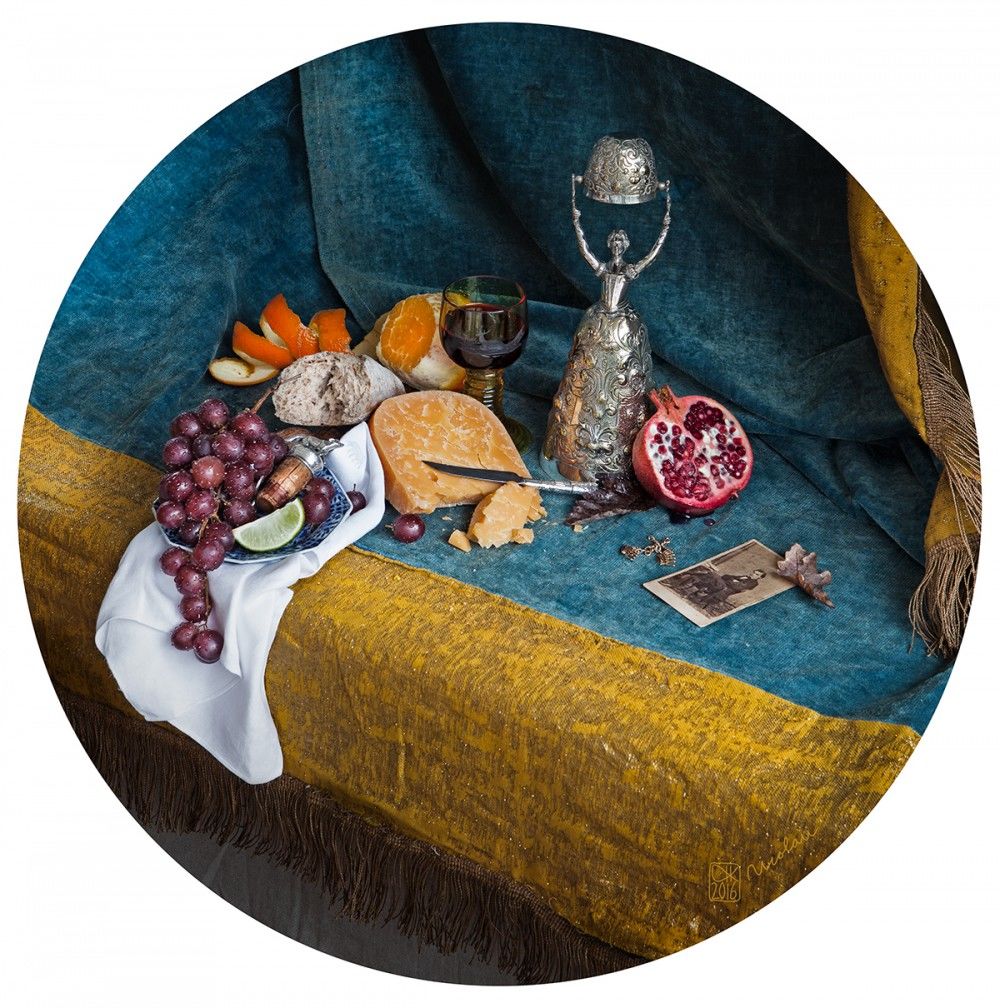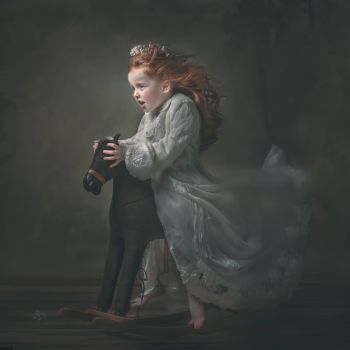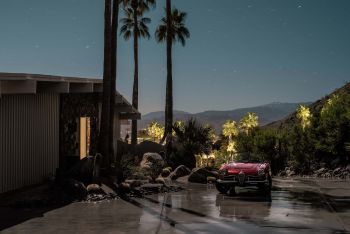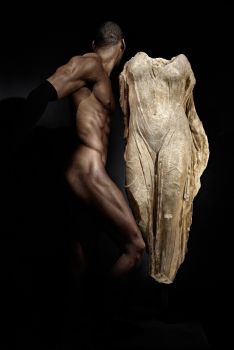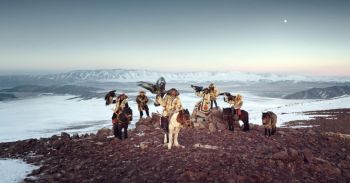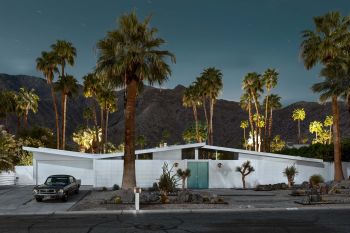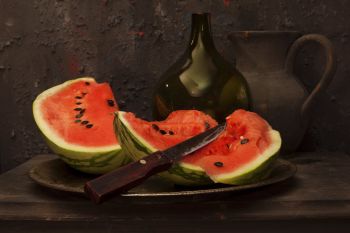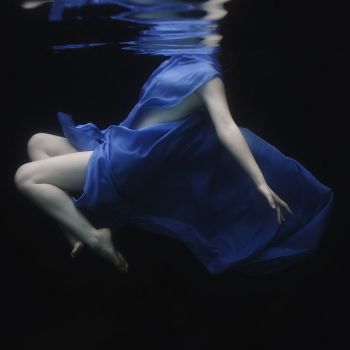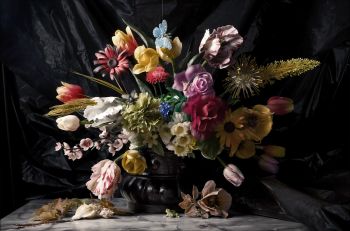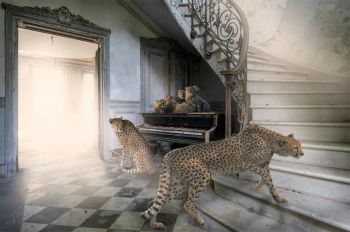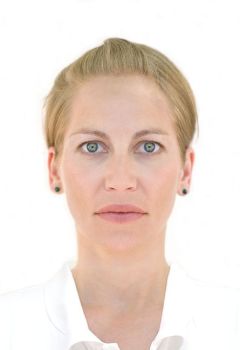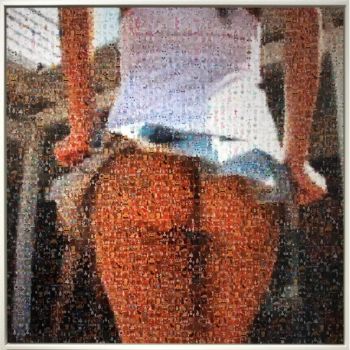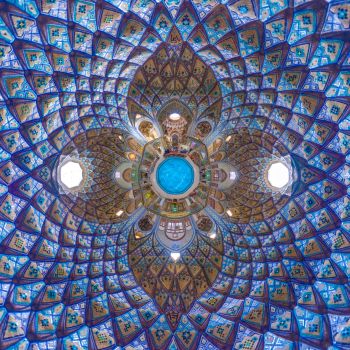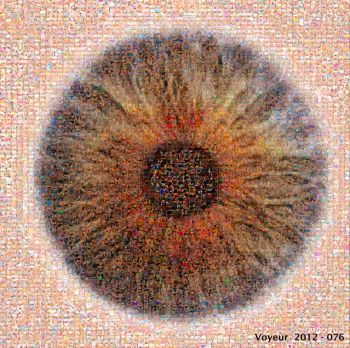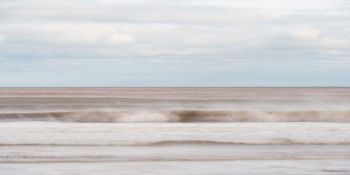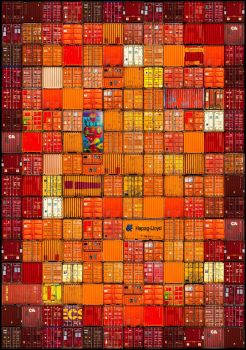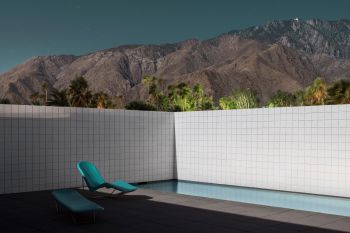The Man Behind the Camera: Dik Nicolai - Part II
In the first part of this interview Dik Nicolai told us about his life philosophies, which greatly influence his work as an artist. The way he approaches his models is very characteristic. In part II we focus on his renowned still life compositions.
Bridal, Dik Nicolai, 2016
First of all, Nicolai continues about his perspective on commercial photography… "Another big thing for me is the relationship between photographer and model. When a client is present at the shoot, I purposely leave little space for interaction between this person with me or the model. I have learned that when a model keeps focusing on too many things at once, the personal identity of the model which I intend to capture is being interrupted.
Yes, the personal identity plays a big part. I have a story about this too: I once stumbled upon a website of a certain jazz artist whose music I found particularly danceable. A greater contrast between the soft photographs I found there and the strong impression of his music and voice could not have existed! Thus, within two weeks’ time I had him before my camera. A really nice, raw, powerful shoot ensued. Truly an experience! Funny how it can pay off just to follow your instinct sometimes, right?"
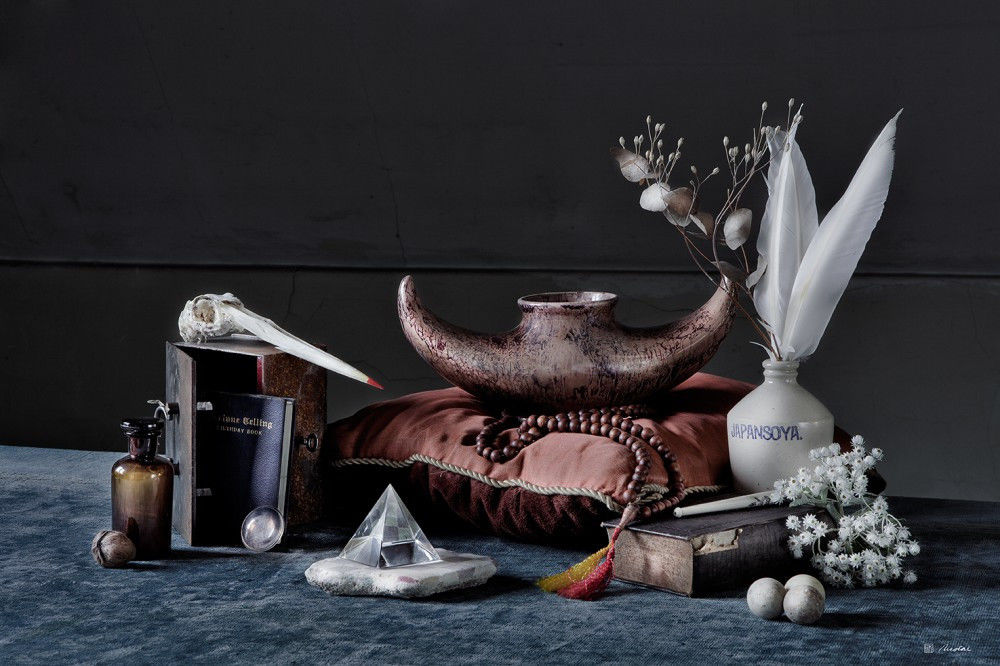
'Composition with Pyramid', Dik Nicolai, 2012.
The philosophy behind Nicolai’s still life series is equally as striking as the one behind his portraits:"When it comes to personal projects, I find myself drawn more to objects than to people. When I shoot a still life, I don’t tend to focus solely on aesthetics: I aspire to compose a moment. Because feelings and emotions play such a triggering part in depicting this moment, I may have to focus on the bad side of life as well as the good…
So yes, I may incorporate broken objects, dead creatures or rotten nature into my settings. Actually, you can see this in the way I dress as well: I may combine a brand new outfits with a lived-in thrifted coat, in order to let the coat tell its own story. For the still-lifes I don’t often start with a pre-envisioned scene in my head. They come to me as more of a process. I often stroll down markets hunting for treasures such as antique fabrics, old vases or even skeletons. This is where my philosophy comes into play again: different objects possess different qualities; everything has a story and I do everything in my power to bring this associated message across. I even challenge myself in this.
Recently I stumbled upon a fragile dead bird and I was struck with its beauty. My instinct was to compose a very balanced set around it, but I deliberately stopped myself and turned a little antique vase around with the price tag still on it. It’s these kind of unexpected things which create tension in a work and make it interesting; almost as if it were coincidental. When I try to put a viewer off-guard, a message is often translated way better. This process was something I had to experiment with as well.
This does not have to mean a still life cannot be a portrait in its own respect! In fact, I can shoot your family portrait using nothing but objects. One could argue there is beauty to be found in a traditional family portrait, you know, grandparents, parents and children lined up, posed and smiling. Indeed, you capture the appearance of yout family this way. You may hang it on your wall and in twenty years’ time, you have yourself a nice reminiscence of how your faces may have aged and how your lives have changed.
But how do you really capture the true, unique identity of your family? This is where I come in: If you bring me a box of objects commonly used in your family, such as grandma’s hairbrush, mother’s favourite flowers, meaningful songs, or signature family dishes, I can compose a still life of these objects and achieve an image that says much, much more about your family than lined-up faces alone. Most importantly: it will be full of meaning because it will instantly trigger valuable associations in your mind."
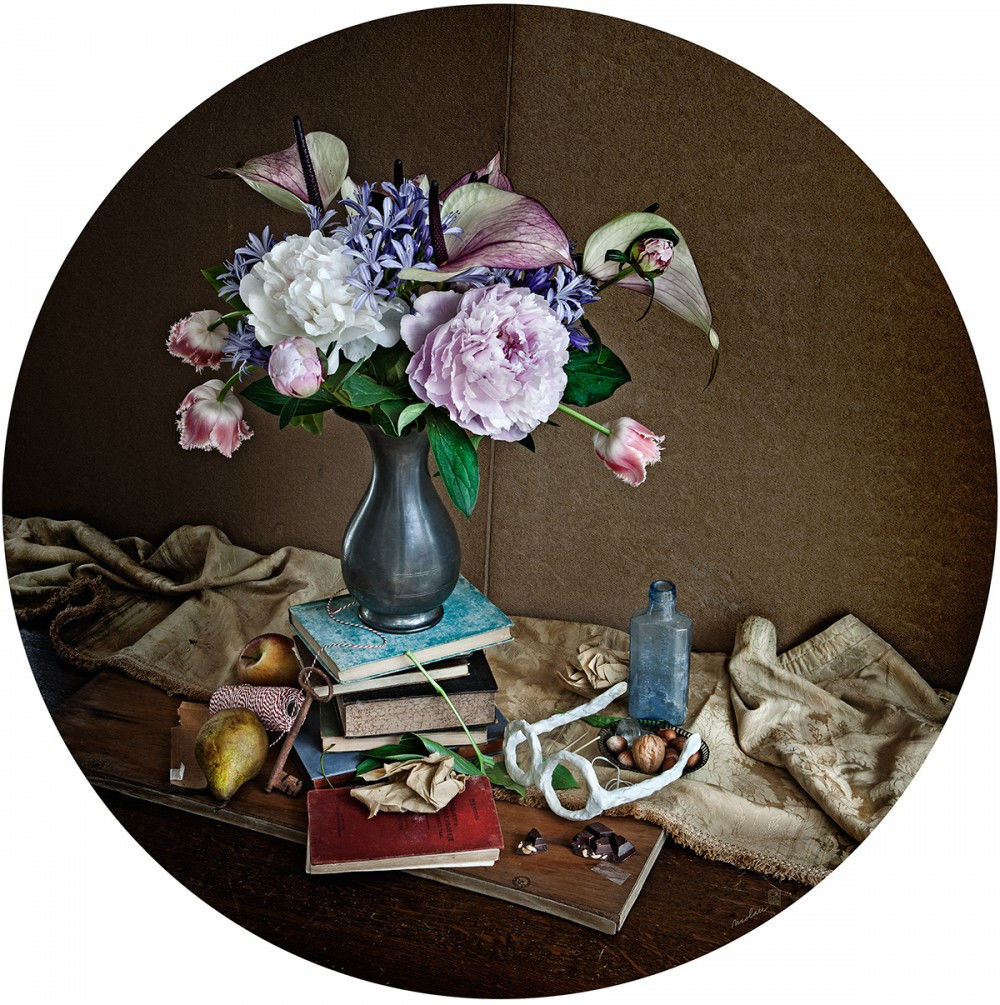
Dik's preference for meaningful, personal details: a diary(from whom?), a key (to unlock what?), a half-eaten bar of chocolate(why wasn't it finished?);
a detail from 'Tuesday', Dik Nicolai, 2016.
Nicolai is a photographer with a strong individuality, which clearly comes across when we ask him about his opinion of the art world: "I would genuinely appreciate it if people intended to look at art as more than a nice image alone. I want art to regain its intrinsic value– it’s meaning. I am not a follower of trends in art, for I believe this limits what I want to achieve. I see art as a kind of time-capsule. It’s capturing a moment of personal values and hidden meanings. I believe this to be the role of an artist in society as well. It’s something personal.
Trends are not personal. I chose to express myself through photography because it’s the medium that resonates with me at this moment, but I admire the way, say, a hand painted image can carry a message even better: it’s more personal.
In the future, I definitely intend to combine intrinsic qualities of both media, perhaps through incorporating layers of 'meanings' under the coatings of my prints such as hand-written letters or gold leaf."
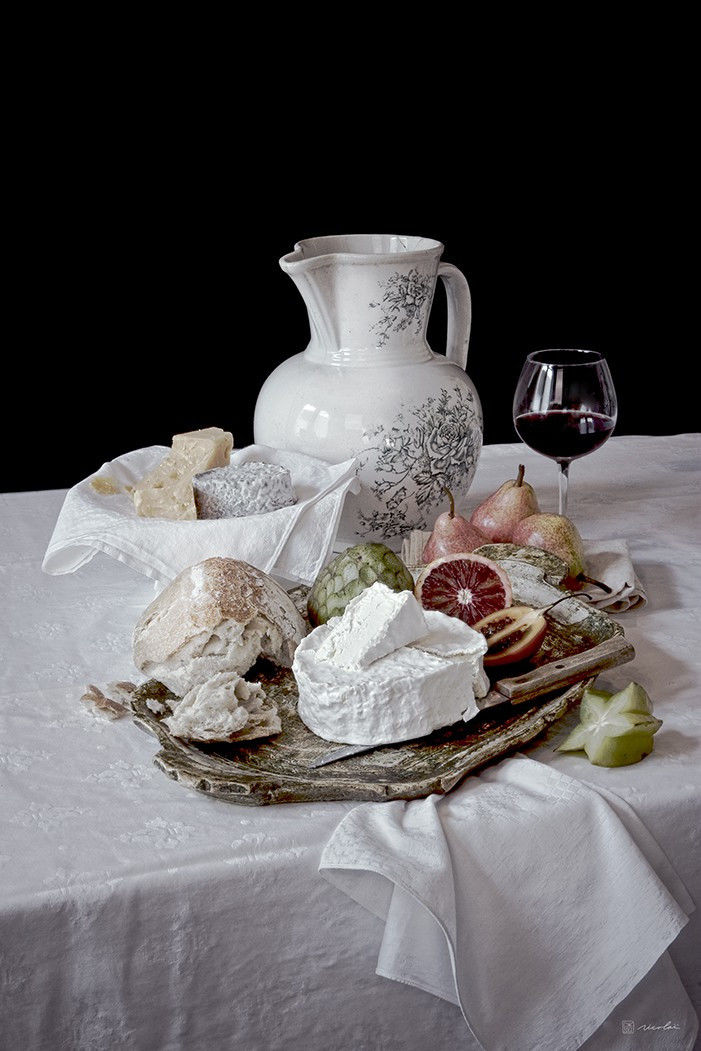
Sunday afternoon - 60 x 40 cm Diasec / Lambda fotoprint.
All works by Dik Nicolai are available at Gallerease.


